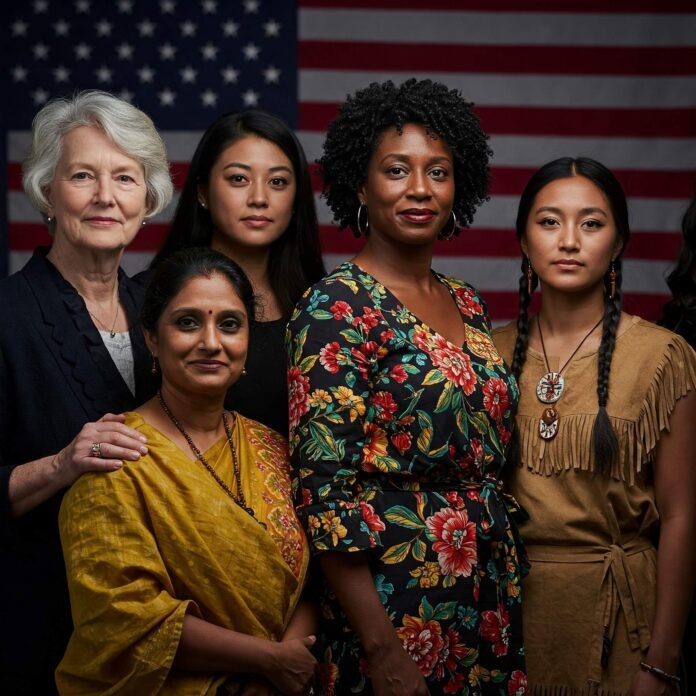Understanding the laws protecting women in the U.S. is crucial for empowerment and equality. From workplace rights to protections against violence, these laws shape a safer, fairer society. This guide breaks down the must-know laws, their impact, and how they safeguard women’s rights, with actionable insights to help you navigate them.
Why Laws Protecting Women Matter
Laws protecting women in the U.S. ensure equality, safety, and opportunity. They address systemic issues like discrimination, harassment, and violence. For example, the Equal Pay Act of 1963 tackles wage gaps, while the Violence Against Women Act (VAWA) provides critical support for survivors. Knowing these laws empowers women to advocate for themselves.

Key U.S. Laws Protecting Women
Here’s a breakdown of the most impactful laws protecting women in the U.S.:
1. Equal Pay Act of 1963: Closing the Wage Gap
This landmark law prohibits wage discrimination based on gender. Despite progress, women earn ~82 cents for every dollar a man earns (U.S. Census Bureau, 2023).
- What it does: Mandates equal pay for equal work.
- Real-world impact: In 2020, Lilly Ledbetter’s case inspired the Lilly Ledbetter Fair Pay Act, extending the time to file pay discrimination claims.
- Takeaway: Check your workplace’s pay transparency policies and report violations to the Equal Employment Opportunity Commission (EEOC).
2. Title VII of the Civil Rights Act: Workplace Equality
Title VII bans workplace discrimination based on sex, race, and other factors. It’s a cornerstone of women’s rights laws.
- What it covers: Hiring, promotions, harassment, and pregnancy discrimination.
- Example: In 2018, a major tech firm settled a $3M lawsuit for gender-based hiring bias.
- Actionable tip: Document discriminatory incidents and consult the EEOC for guidance.

3. Violence Against Women Act (VAWA): Safety First
VAWA (1994, reauthorized 2022) strengthens protections against domestic violence, stalking, and sexual assault.
- Key provisions: Funds shelters, hotlines, and legal aid for survivors.
- Impact: Over 1.3M survivors received services in 2022 (National Domestic Violence Hotline).
- What to do: If you or someone you know needs help, call 1-800-799-SAFE or visit TheHotline.org.
4. Title IX: Equal Education Opportunities
Title IX (1972) ensures gender equality in education, from K-12 to universities.
- What it does: Prohibits sex-based discrimination in schools, including sports and sexual harassment.
- Example: Title IX complaints led to increased funding for women’s college athletics.
- Takeaway: Report violations to your school’s Title IX coordinator or the U.S. Department of Education.

How to Use These Laws to Your Advantage
Empower yourself with these U.S. laws for women by:
- Educating yourself: Read up on laws via trusted sources like WomensLaw.org.
- Documenting issues: Keep records of discrimination or harassment incidents.
- Seeking support: Contact advocacy groups like NOW or legal aid services.
- Speaking up: Report violations to authorities like the EEOC or local law enforcement Discover Negotiation Strategies for Women.
Challenges and the Road Ahead
While these laws protecting women in the U.S. are powerful, gaps remain. For instance, the U.S. lacks nationwide paid maternity leave, unlike many developed nations. Advocacy groups push for laws like the Pregnant Workers Fairness Act (2022) to address these issues. Stay informed and vote for leaders who prioritize gender equality laws.
Conclusion: Empower Yourself Today
The laws protecting women in the U.S. are tools for change. From securing equal pay to ensuring safety, they empower women to thrive. Explore resources, know your rights, and take action. Share this guide to spread awareness and build a stronger, more equitable future.





